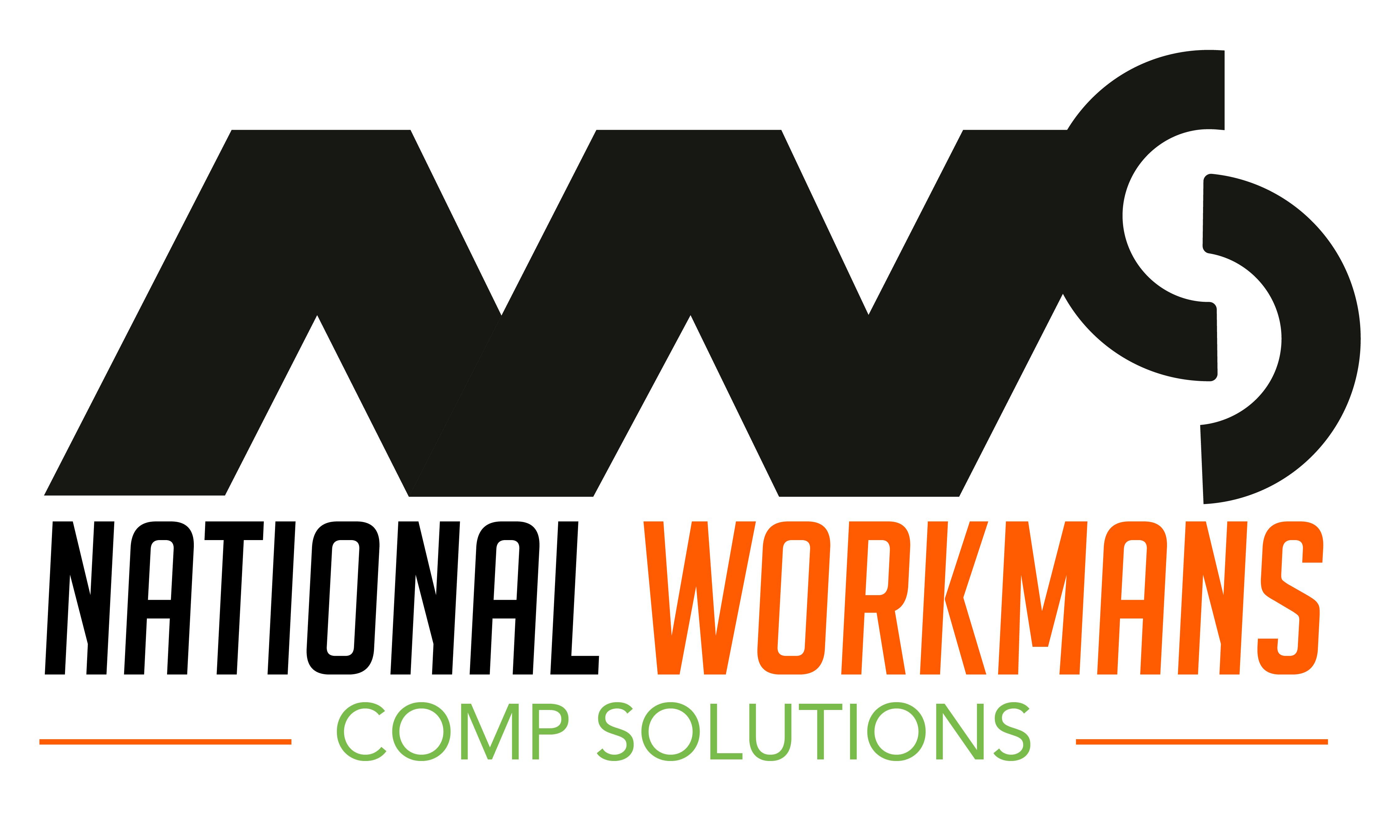In the United States, an average of 14 people die every day from various workplace accidents. In 2019 alone, 5,333 workers died at work, and those are just the ones we know about.
Such workplace accident statistics can give employers a better idea of the dangers workplaces pose to their employees. With so much at stake for employers, it’s important to have a workplace safety program.
As an employer, the safety of your employees and contractors is in your hands. You need to take appropriate measures to protect them from workplace hazards. And it’s not because it’s the law, but because you are a human being with a moral compass.
Creating a workplace safety program is not an easy task. There are tons of factors to consider, and you need to do your research before starting the process. Thankfully, we’ve done all the work for you.
Here are six tips on building a workplace safety program for employers. Follow these steps and be sure to include them in your business strategy so that everyone stays safe.
1. Workplace Safety Training
You must provide employees with the right training. Adequate employee safety training helps employees better understand the risks related to their job. It also but gives them the tools they need to safeguard against those risks.
Employees who are well-trained in identifying hazards may be less likely to get hurt or make mistakes that could result in injury for themselves or others.
You’ll also be avoiding legal issues down the line by training employees.
The Occupational Safety and Health Administration (OSHA) set guidelines for training, so be sure to include these in your workplace safety program as well.
The bottom line? A comprehensive safety training program should always be a top priority so companies don’t lose financially.
2. Reward Employees Who Follow Safety Guidelines
Rewarding your employees when they do well is a great way to motivate them.
Rewards help motivate workers to focus on what’s going on at work. They’re more likely to follow safety policies. In the end, it makes a big difference in reducing workplace injuries.
By rewarding your workers for good behavior you’ll set the tone and make sure everyone follows what’s expected of them.
Some safety incentives include:
- Team recognition for achieving safety goals
- Flexible work schedule occasionally based on workplace performance
- Frequent training opportunities
- Discretionary time off
- Prizes like gift cards and special dinners out with coworkers
3. Perform Job Hazard Analysis
The key to a successful workplace safety program is finding the risks that cause common workplace accidents. You can do this by looking at your company’s OSHA logs or talking with employees about their concerns. They understand better what hazards are around them every day.
Document how many workers have been injured in a certain area (i.e., the number of falls on the staircase). Identify which areas you want to eliminate, move people away from, control access to, use safer equipment for, or any other changes.
The job hazard analysis process can take some time, so don’t rush through your analysis. You may want to bring on third-party consultants when necessary.
Be sure you have enough data points—not just one person’s opinion about what they think might happen—lest you understate the risk factor.
4. Encourage Reporting
If you see something, say something.
One of the best ways of improving workplace safety is to encourage employees to report incidents that happen. And it shouldn’t matter how minor the incidents are.
Make this a two-way street. There should be an open communication channel so you can get feedback from employees.
You want your company culture to be one where people feel safe and comfortable reporting any hazardous situations. Otherwise, these things will continue happening without anyone knowing until it’s too late.
Dangerous working conditions are a reality for many workers across the country. However, too often, employees in toxic work environments will keep their mouths shut out of fear that they might get reprimanded. This is why it’s important to teach employees how and when they should report unsafe situations without being afraid of reprisal from management.
5. Provide Personal Protective Equipment
A workplace safety program for employers should provide personal protective equipment.
The best way to keep your employees safe is by supplying them with the right safety equipment. This starts from smaller pieces, such as gloves, and goes all the way up to hardhats and steel-toed boots for protection against falling objects.
Goggles are right when manufacturing products that emit harmful fumes. Earplugs if there’s a high level of noise.
Of course, your employees need all the necessary safety equipment. But if they’re not properly trained on how to use these items, it’s useless.
6. Add Ergonomic Furniture and Equipment
Consider ergonomic furniture and equipment to keep your employees healthy.
Ergonomic furniture and equipment reduce workers’ risk of injury or strain. This will help you save on expensive medical bills down the line, which are a financial drain on any company.
Proper posture for sitting at a desk is important to keep employees safe. Adjusting the height and distance of your computer can make a big difference in this regard. So it’s worth taking precautions before an employee complains about pain on their back or neck from poor positioning.
Build an All-Around Workplace Safety Program
As an employer, the safety of your employees is one of your top priorities. By embracing these workplace safety tips, you can create a healthy, happy, and safe workplace.
A workplace safety program will also help reduce workers’ compensation premiums for your business. Empower employees and contractors with information about how they can protect themselves to avoid injuries. That way, you’ll be reducing your company’s insurance costs in the long run.
If you need a business partner to help you with workers’ comp insurance, reach us today.


 July 28, 2021
July 28, 2021 Blog
Blog 









